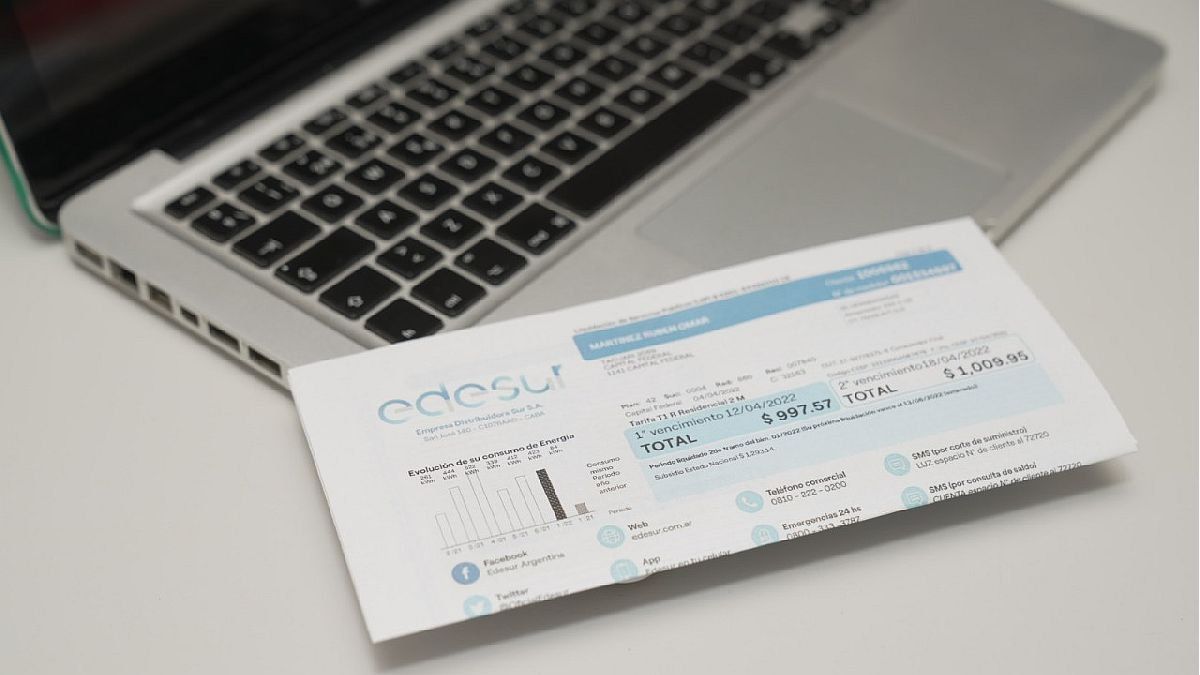Meanwhile, the National Gas Regulatory Entity (Enargas) approved through resolutions 207, 208, 209, 210, 211, 212, 213, 214, 215 and 216 the tariff tables to be applied by the distributors Metrogas, Naturgy Ban, Camuzzi Gas del Sur, Camuzzi Gas Pampeana, Gasnor, Gasnea, Litoral Gas, Distriibuidora de Gas del Centro, Gas Cuyana and Redengas.
From the Secretary of Energy they announced that in the course of “this week” the resolution that will establish the segmentation of the tariff increases of gas and electricity distribution services for users with greater purchasing power will be known.
Both the adjustments already announced for the rest of the users -with and without a social tariff- as well as those that will be applied to the segment with more resources will come into force in June, clarified the Secretary of Energy, Darío Martínez, who recalled “the Government and the President (Alberto Fernández) have decided to put a cap” on the increases and consequently “no rate can evolve more than the salary.”
“Through ENRE Resolutions No. 171 and No. 172/2022, the charges that must be implemented, in their respective areas, by the concessionaires of the public electricity distribution service Edenor SA and Edesur SA to residential users, not residential and large users”, the ENRE said in a statement.
The update reflects the seasonal change in the price of energy and is independent of the income of transmission and distribution companies, he said.
The rates will have an average increase of 16.53% for those who do not receive a social rate and 7.7% for those who receive said benefit; and for commercial users the average increase will be 16% and for categories T2 and T3 19%, the ENRE recalled.
Meanwhile, in its resolutions, the Enargas recalled that the National Energy Secretariat resolved to convene a Public Hearing, held on May 10, 2022, for the “treatment of the new prices of natural gas at the Entry Point to the System of Transportation (PIST), applicable as of June 1, 2022”.
Likewise, it indicated that the issuance of the administrative acts that immediately put the rate tables into force (…), which imply a modification in their integration due to the modification of the portion of the price assumed by the National State, is carried out ” considering the commitments assumed by the National State”.
Such commitments are those that arise from the law of the National Congress that approved the public credit operations contained in the Extended Facilities Program to be entered into between the National Executive and the International Monetary Fund (IMF) for the cancellation of the Stand By Agreement entered into in 2018. .
In the agreement with the International Monetary Fund (IMF) it was stipulated that the annual increases may not exceed the equivalent of 40% of the 2021 salary variation for the beneficiaries of the social rate and 80% for the rest, while the users with greater purchasing power will no longer apply subsidies.
At the beginning of May, the Ministry of Economy specified that to be in this last segment and, consequently, pay the rate without subsidies, the main user must meet one of the following requirements: have incomes greater than 3.5 total basic baskets , three or more properties, three or more vehicles less than five years old and luxury airplanes or boats, living in gated communities or in an area located within the “polygons” of high payment capacity.
The latest report from the Ministry of Finance indicated that subsidies to the energy sector amounted to $116,673 million in April, 132% more than in the same month last year and higher than the primary deficit for the month, which was $79,185 million.
Source: Ambito
David William is a talented author who has made a name for himself in the world of writing. He is a professional author who writes on a wide range of topics, from general interest to opinion news. David is currently working as a writer at 24 hours worlds where he brings his unique perspective and in-depth research to his articles, making them both informative and engaging.




